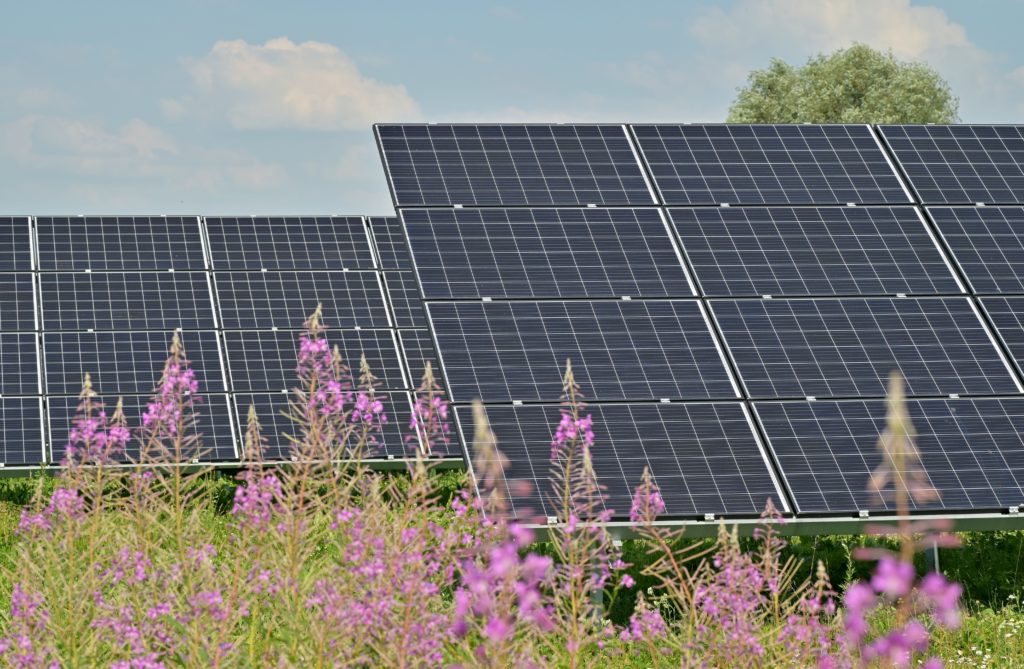A Conversation to Fight Climate Change
Climate scientist Katharine Hayhoe revealed the best way to fight climate change: Talk about it. Hayhoe offered up this seemingly simple solution at the TEDWomen 2018 Conference in Palm Springs, California, but urged people to move past the politics of the matter to discuss the connection that everyone has to the issue.
“We don’t have to be a liberal tree hugger to care about a changing climate. All we have to be is a human living on this planet. Because no matter where we live, climate change is already affecting us today,” Hayhoe said.
According to Hayhoe—author, scientist, and atmospheric science professor at Texas Tech University—the science of climate change has been a conversation for 150 years, but what’s been missing from it is how the consequences of climate change genuinely intersect with people’s values. In fact, research from the Yale Program on Climate Change Communication showed only 40% of Americans believe climate change will affect them personally. Even worse, when asked, “Do you ever talk about this?” two-thirds of people in the entire United States say, “Never.” When people realize why climate change matters to them and their communities, Hayhoe said, it’s easier to find a solution.
Starting the Conversation About Climate Change
Hayhoe recommended starting these conversations with groups in our community that matter the most, whether it be within the family, religion, career, etc.
“If you don’t know what the values are that someone has, have a conversation, get to know them, figure out what makes them tick. And then once we have, all we have to do is connect the dots between the values they already have and why they would care about a changing climate,” Hayhoe said.
In addition, people are motivated by rational hope for the future and stability in energy and resources. This prompts a second necessary discussion—practical, viable, solutions.
Hayhoe explained there are everyday solutions people can take to reduce their carbon footprint: solar shingles, energy-efficient light bulbs, and plug-in cars. There are lifestyle choices as well, like eating locally, eating lower down the food chain, and reducing food waste.
Change can also be made at the state level. Texas, the state with the highest carbon emissions, has been making strides in places like the Fort Hood Army base, which is powered by wind and solar energy that saves taxpayers more than $150 million.

“Did you know that in Texas there are over 25,000 jobs in the wind energy industry? We are almost up to 20% of our electricity from clean, renewable sources, most of that wind, though solar is growing quickly,” said Hayhoe, who lives and teaches in the state.
Furthermore, just last week President Biden made national-level advances by passing the Inflation Reduction Act—the most aggressive act to date to help fight climate change. The government plans to make large investments to address water and air pollution, clean transportation, and renewable energy resources. Other recent White House actions include the construction of offshore wind platforms to harness greener energy and the $85 billion investment to make electric vehicles and batteries in the United States.
Changing Landscapes
On a larger scale, solar power is becoming the world’s fastest-growing type of new energy, being used in under-resourced areas like sub-Saharan Africa. One company, Azuri, has distributed over 30 million hours of solar electricity from Rwanda to Uganda. Even China has been flooding coal mines and installing floating solar panels on the surface, and India is looking to replace a quarter of a billion incandescent light bulbs with LEDs.
While these solutions bring hope, Hayhoe urged that they don’t bring hope fast enough. The only way to ensure that these innovations continue is by talking about them.
“We have to go out and actively look for the hope that we need, that will inspire us to act,” Hayhoe said. “And that hope begins with a conversation today.”









